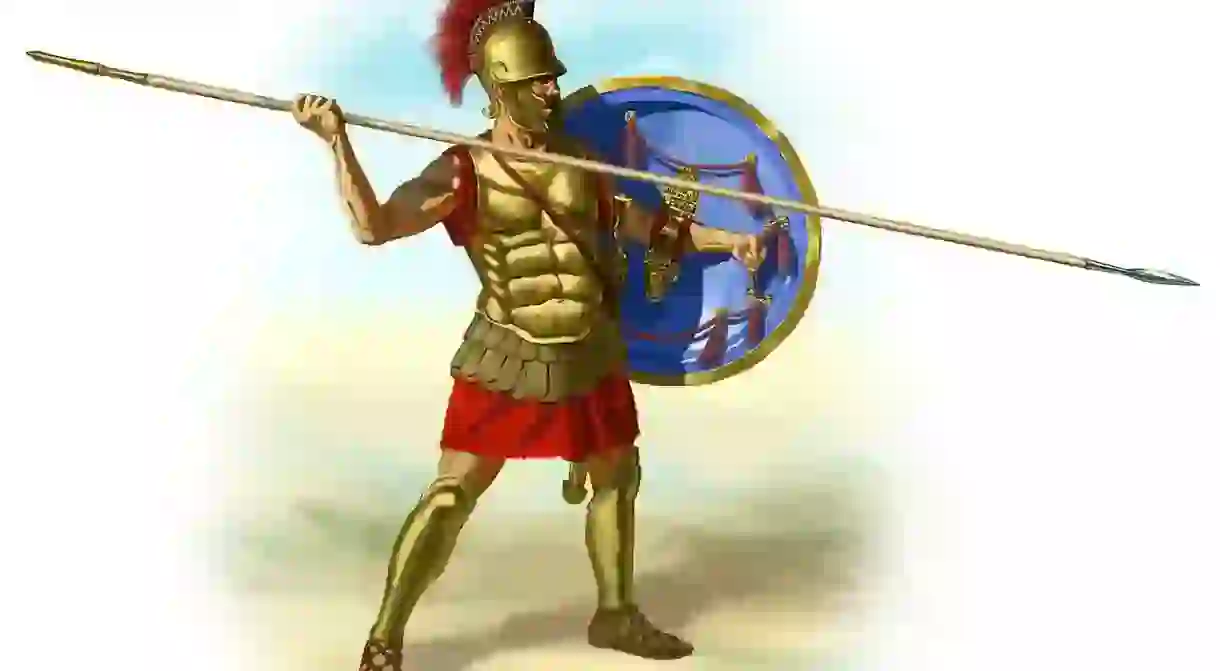The Story Behind the Kingdom of Navarra

Navarra is an autonomous Spanish community which lies just southwest of the Pyrenees. It borders France to the north, the Basque Country to the west and Aragón to the east. A unique part of Spain, Navarra once used to be its own country, even with its own monarchy. Find out more with our brief history lesson. Did you know – Culture Trip now does bookable, small-group trips? Pick from authentic, immersive Epic Trips, compact and action-packed Mini Trips and sparkling, expansive Sailing Trips.
Roman Navarra
During the Roman era, the upper part of Navarra was part of the Basque Country, sharing everything from the Basque language to the culture. The lower part, however, was taken over by the Romans, with the Roman leader Pompeii founding the city of Pamplona in 75 BC, later to become the capital of Navarra. When the Roman Empire fell, the Navarrese had to defend their territory against both the Visigoths and the French. Finally, during the Battle of Roncesvalles in 778, they managed to defeat Charlemagne and his troops.

The Kingdom of Navarra
The Navarrese did not only have their French enemies to the north, they also had the Moors to the south, who had managed to take control of part of the region in 714. With the threat of the Moors invading further, the Navarrese became a united front in order to fight them. This gave rise to the first Navarrese dynasty in the 9th century, under the rule of Los Íñigos and later Los Jimenos. Sancho Garcés (905-925) became the first monarch of Navarra, who vowed to drive the Moors out and regain control of the entire region. This expansion of the kingdom continued all the way up until the 11th century.
Under French rule

It wasn’t until 1234, with the death of then ruler Sancho VII el Fuerte, that the Kingdom of Navarra was threatened once more. First the House of Champagne (1234-1274) took over, and then the Capetians, who between 1274 and 1328, became the rulers of both France and Navarra.
Joining with Spain

In 1328, the House of Evreux succeeded the Navarrese throne, along with Carlos III, known as ‘The Noble’ in 1387. When Carlos III died in 1425, chaos and the threat of civil war ensued. The conflict finally came to an end in 1458, when Juan II married Blanca, the heiress to the Navarrese throne, and became the king of both Navarra and Aragón.
In 1512 Ferdinand the Catholic, king of both the Castile and Aragón at the time, invaded Navarra and made it part of the Crown of Castile, thus joining Navarra with the rest of the country now known as Spain.













